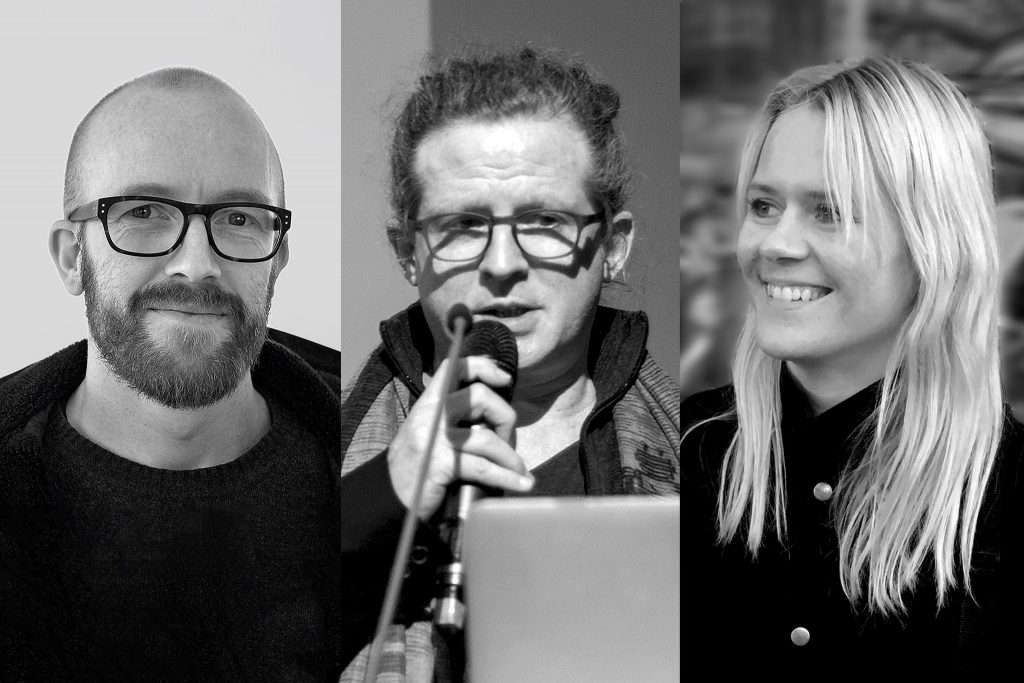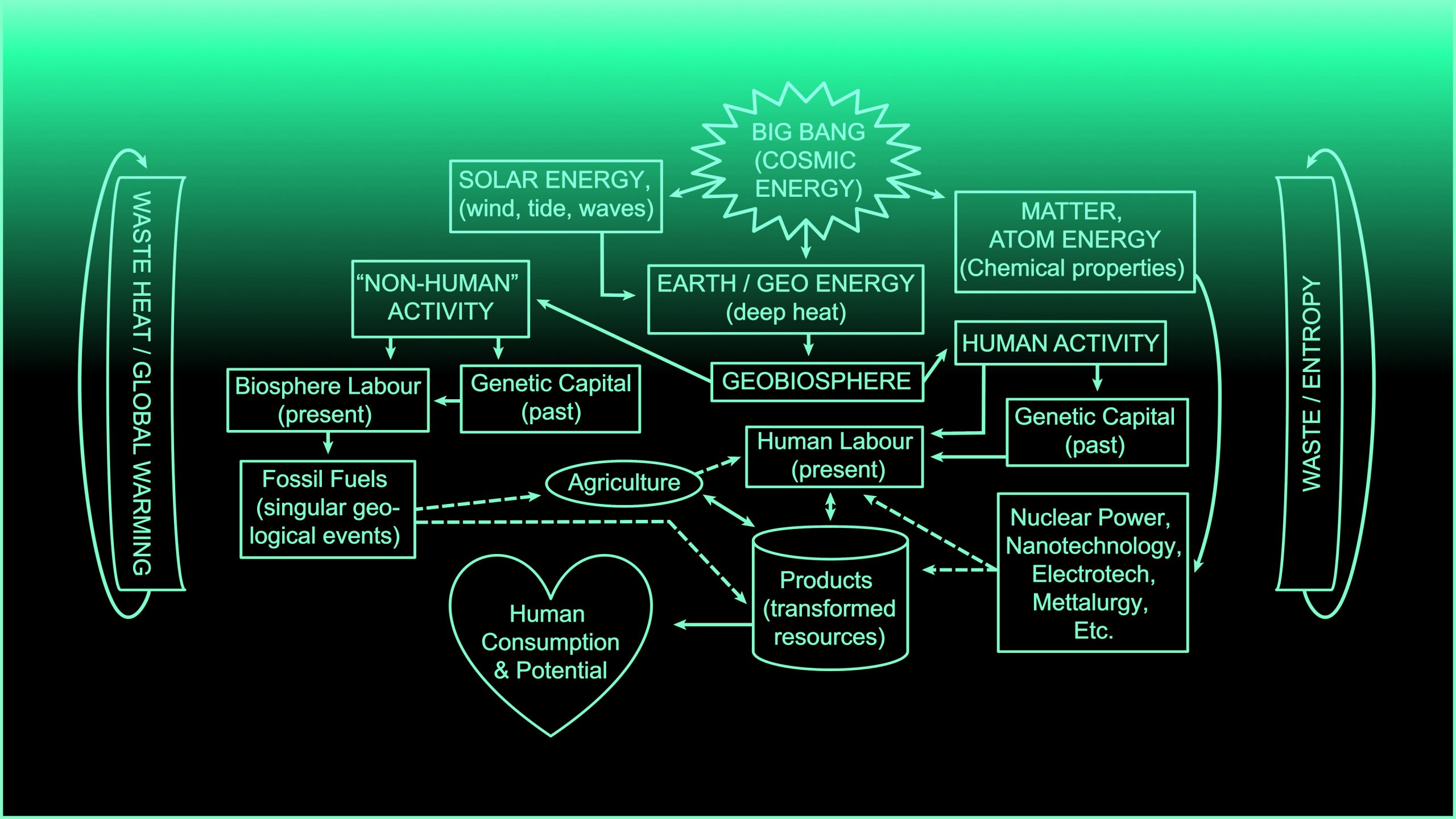S+T+ARTS in the City | Artists-in-Residence
DISNOVATION.ORG | THE SOLAR SHARE: An Edible Solar Currency
+ About THE SOLAR SHARE: An Edible Solar Currency
Sustainability is the goal, but what does it really mean?
The Solar Share: An Edible Solar Currency project challenges prevailing economic models with insights from sunlight-harvesting organisms, crucial to the metabolism of life on Earth. Staged as a one-square-metre microalgae bioreactor, the artwork foregrounds human energy dependence on photosynthesis and proposes harvested edible microalgae as a radical economic unit: The Solar Share. This unit is the biomass produced on one square metre of the Earth’s surface that day. This edible algae unit is a photosynthetic proof of work that can be consumed, exchanged, or stored as a currency.
The Solar Share is an invitation to experience firsthand a transformative economic model that reintegrates human metabolism and energy needs with the actual new energy entering the Earth system as photosynthesis. The Solar Share: An Edible Solar Currency provocatively recenters Earth’s metabolism in economics, redefining sustainability within planetary limits.
“In addition to its scientific basis and its good artistic resolution, the project has a great capacity to raise awareness.” – Tere Badia
+ Artist

DISNOVATION.ORG is a research collective set up in Paris in 2012, whose core members include Maria Roszkowska (PL), Nicolas Maigret (FR), and Baruch Gottlieb (CA/DE).
DISNOVATION.ORG merges contemporary art, research & hacking to critically translate complex socio-ecological debates into operative and provocative exhibits. They create radical artworks staged as large lab experiments focused on energy, ecology, and economics that work as catalysts for staging futures that diverge from prevailing narratives. Their shows, books, and videos permeated global cultural landscapes fostering a critical dialogue at the nexus of artistic, political, and scientific inquiry.
+ Video Statement
+ Credits
Conception & realisation: DISNOVATION.ORG
Co-design: Katharina Ammann
Project assistants: Romain Theron, Léo Lima
Co-production: IFT Paris, Xcenter Nova Gorica, ART2M, and More-Than-Planet
The Solar Share was produced with the support of the S+T+ARTS program of the European Union, and co-commissioned by HacTe. It was inspired by the challenge «Understanding and engineering photosynthesis for a more sustainable future», launched by the Institute of Photonic Sciences (ICFO), and by the conversations held with the Photon Harvesting in Plants and Biomolecules research group (ICFO) during the research phase of the project.
This project has been developed in the context of the S+T+ARTS in the City project. S+T+ARTS in the City has received funding from the European Commission’s Directorate-General for Communications Networks, Content and Technology under grant agreement No. LC-01984766.
S+T+ARTS in the City is funded by the European Union under grant agreement LC-01984766 under the STARTS – Science, Technology and Arts initiative of DG CNECT. Views and opinions expressed are those of the author(s) only and do not necessarily reflect those of the European Union or DG CNECT. Neither the European Union nor the granting authority can be held responsible for them.














